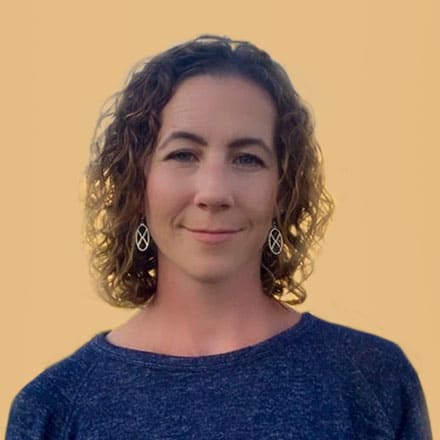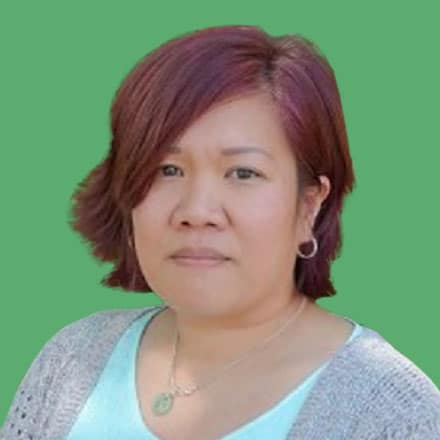Inside Angle
From 3M Health Information Systems
Part 1: A view of SDoH through the eyes of a social worker
I sat down with Amanda Steffon, project manager and member of the 3M clinical terminology team to talk about social determinants of health and the role they play in our lives.
I looked up eagerly from my piping hot cappuccino as my friend and co-worker, Amanda Steffon, came in through the door of the coffee shop. Since Amanda joined 3M at the beginning of 2019, we’ve been teaming up to work on social determinants of health (SDoH).We’ve submitted several posters and attended conferences together. It has been a learning experience! I’ve worked with social workers before in other settings but working with Amanda so closely has opened my eyes to many subjects I wasn’t aware of or familiar with, SDoH in particular. Amanda’s passion for social work and helping people is undeniable and often contagious, as you can probably sense as you read my interview with her below.
Precious: For those of us who are not familiar with SDoH, could you define what they are and the role they play in our lives?
Amanda: There are quite a few definitions out there, in my opinion none of them quite capture the complexity of SDoH. I think of SDoH as the external factors that have an impact on us rather than what’s going on in our body physiologically or mentally. It’s the circumstances that impact us, like our social environment, our income levels, our house and neighborhood, our employment status, our race, etc.
Everything from our physical, mental and behavioral health, social well-being, socioeconomic status, race, gender, environment, and genetics all make up who we are and how we experience life. SDoH are critical factors in our overall health. Think about somebody who, for a variety of reasons, is unable to keep steady employment. They have a diagnosis of depression and underlying medical conditions. The stress that is brought on by their lack of employment can lead them to deteriorate mentally. Maybe they begin sinking into a severe depressive state, and in turn, they struggle with to seek gainful employment.
Because of their employment status, their income is not secure, and they don’t have health insurance. That person can’t afford to pay out of pocket for physician visits and treatment for either their depression or other medical conditions. This leads to even more stress, depression, deteriorating health and poor self-care, and the cycle continues and grows. Think of the impact on the community, multiplied over and over!
Precious: Sounds like a complex and important concept. No doubt the COVID-19 public health emergency has further increased the importance and necessity of addressing SDoH, health-related social needs, and equity within health care. What lessons has the health care industry learned as a result of the pandemic?
Amanda: It is unfortunate that it takes a pandemic, or any crisis, for our systems, including health care, to see the impact that socioeconomic circumstances, inequities and inequalities have on people. This is a real issue in our society. Many lessons we learned during the COVID-19 pandemic should have already been learned during the influenza pandemic, or the HIV epidemic and so on. Each time we experience a crisis, we see the disparities come to light. I’m hoping that this time the lessons stick. The health care system, our communities and individuals recognize that these disparities are not only a problem in a pandemic but also everyday issues.
People must come first. Everything that we implement into health care should come from that framework. We need to know our patients. We need to understand their circumstances. We need to give their overall well-being the focus it deserves. Physicians need to be able to spend the appropriate time to assess, treat and care for patients. The burden on providers, people’s access to health care, our approaches to patient care and the underlying cost of treatment need to be alleviated through systematic changes. Over the last few years, we really have seen some true movement in health care around capturing and addressing SDoH. The collaborative efforts between health care and nonprofits, insurance providers, the federal government and the states also makes me feel hopeful that we learned something this time from this crisis.
In part two of my interview with Amanda, we talk about gaps in SDoH data collection and top priorities for the future of SDoH.
Precious Porter, RN, BSN, clinical data analyst at 3M Health Information Systems.
Amanda Steffon, is a project manager for the 3M clinical terminology team.




